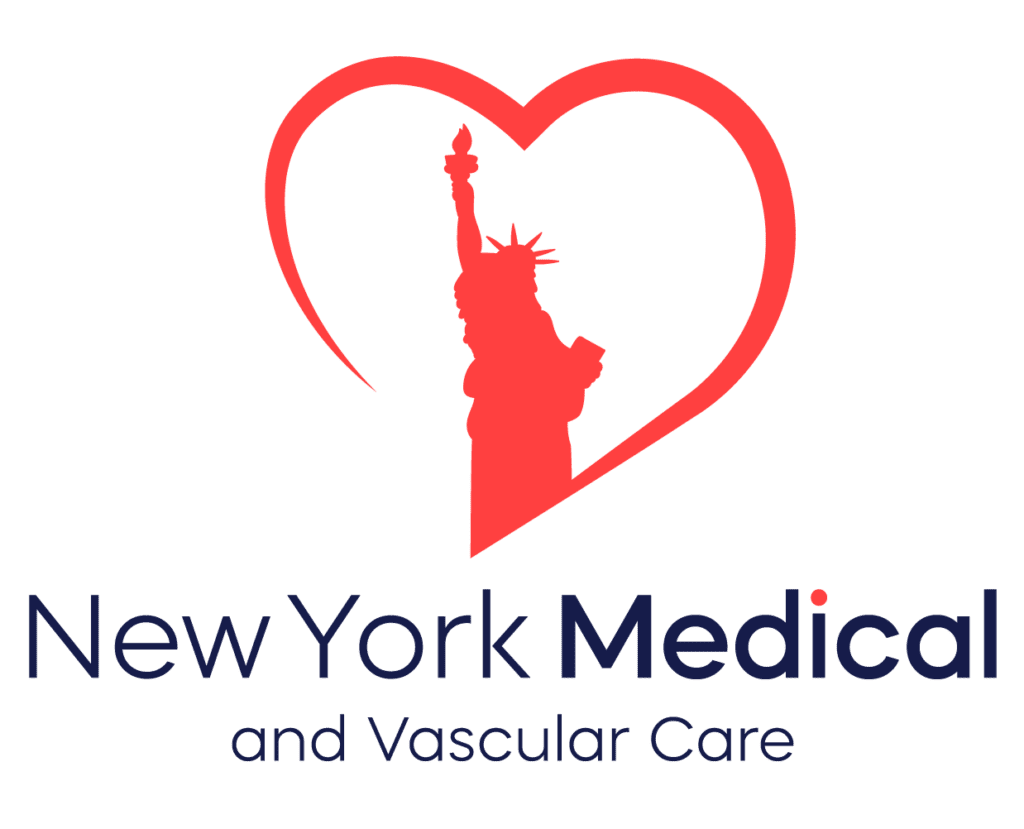Peripheral artery disease (PAD) is a common circulatory condition that affects millions of people worldwide. It occurs when the arteries that supply blood to the limbs, particularly the legs, become narrowed or blocked, reducing blood flow and causing a range of symptoms. At New York Medical and Vascular Care (NYMVC), we emphasize the importance of recognizing the signs of PAD early to prevent further complications and promote vascular health. Here’s what you need to know about PAD, its symptoms, risk factors, and treatment options.
What is Peripheral Artery Disease?
PAD is primarily caused by atherosclerosis, a condition in which fatty deposits (plaques) build up in the walls of the arteries, restricting blood flow. Over time, this reduced blood flow can lead to symptoms such as pain, cramping, or numbness in the affected limbs, most often the legs.
Common Symptoms of PAD
Many people with PAD may not experience symptoms in the early stages, but as the disease progresses, the following signs may develop:
- Intermittent Claudication:
- This is the most common symptom of PAD. It refers to pain or cramping in the legs during physical activity, such as walking or climbing stairs, which goes away after a few minutes of rest.
- Leg Pain at Rest:
- In more advanced cases, patients may experience pain in the legs even when resting, particularly at night while lying down.
- Numbness or Weakness:
- Reduced blood flow to the legs can cause numbness, tingling, or weakness, making it difficult to move comfortably.
- Coldness in Lower Limbs:
- One leg may feel colder than the other due to reduced circulation.
- Poor Wound Healing:
- Cuts or sores on the legs and feet that heal slowly or not at all may indicate poor blood flow and PAD.
- Discoloration of Skin:
- The skin on the legs or feet may appear pale, bluish, or darkened, indicating poor circulation.
- Hair Loss or Brittle Nails:
- PAD can also cause changes in hair and nail growth, leading to hair loss or brittle toenails.
Risk Factors for PAD
Several factors increase the likelihood of developing PAD, including:
- Smoking: Smoking is one of the most significant risk factors for PAD. It damages the blood vessels and accelerates the buildup of plaques.
- Diabetes: Diabetics are at higher risk of developing PAD due to damage to the blood vessels caused by high blood sugar levels.
- High Blood Pressure and Cholesterol: Both high blood pressure and elevated cholesterol contribute to the hardening and narrowing of the arteries.
- Age: PAD is more common in people over the age of 50, although it can occur earlier, especially in individuals with multiple risk factors.
- Obesity and Sedentary Lifestyle: Being overweight and physically inactive can increase the risk of PAD.
Complications of PAD
If left untreated, PAD can lead to serious complications, including:
- Critical Limb Ischemia (CLI): This is a severe form of PAD where blood flow to the limbs is so restricted that it causes severe pain, non-healing wounds, or gangrene, potentially leading to amputation.
- Heart Attack and Stroke: Since PAD is caused by atherosclerosis, individuals with the condition are also at higher risk for heart attack and stroke.
Diagnosis and Treatment
At NYMVC, we offer comprehensive diagnostic tools to detect PAD, including:
- Ankle-Brachial Index (ABI): This simple test compares the blood pressure in your ankle with the blood pressure in your arm to assess blood flow.
- Doppler Ultrasound: This imaging test uses sound waves to visualize blood flow in the arteries.
- Angiography: A dye is injected into the blood vessels, allowing X-rays to show any blockages or narrowing.
Treatment Options for PAD
The goal of treatment for PAD is to reduce symptoms, improve quality of life, and prevent complications. Treatment options include:
- Lifestyle Changes:
- Smoking Cessation: Quitting smoking is essential for managing PAD and reducing the risk of complications.
- Exercise: Regular physical activity, particularly walking, can improve circulation and reduce symptoms.
- Healthy Diet: A heart-healthy diet low in saturated fats, cholesterol, and sodium can help control blood pressure and cholesterol levels.
- Medications:
- Antiplatelet Agents: These medications help prevent blood clots from forming in narrowed arteries.
- Cholesterol-lowering Medications: Statins are often prescribed to lower cholesterol and slow the progression of atherosclerosis.
- Blood Pressure Medications: Controlling blood pressure is crucial in managing PAD.
- Surgical and Minimally Invasive Procedures:
- Angioplasty and Stenting: A small balloon is used to open the blocked artery, and a stent (a small mesh tube) is placed to keep it open.
- Bypass Surgery: In severe cases, a graft is used to bypass the blocked artery, restoring blood flow to the affected limb.
Conclusion
Peripheral artery disease is a serious condition that can significantly affect your quality of life if left untreated. However, with early diagnosis and proper management, PAD can be effectively treated, allowing you to lead a healthy, active life. At NYMVC, our team of vascular specialists is dedicated to providing comprehensive care for PAD and other vascular conditions.
Written by DapraLab


